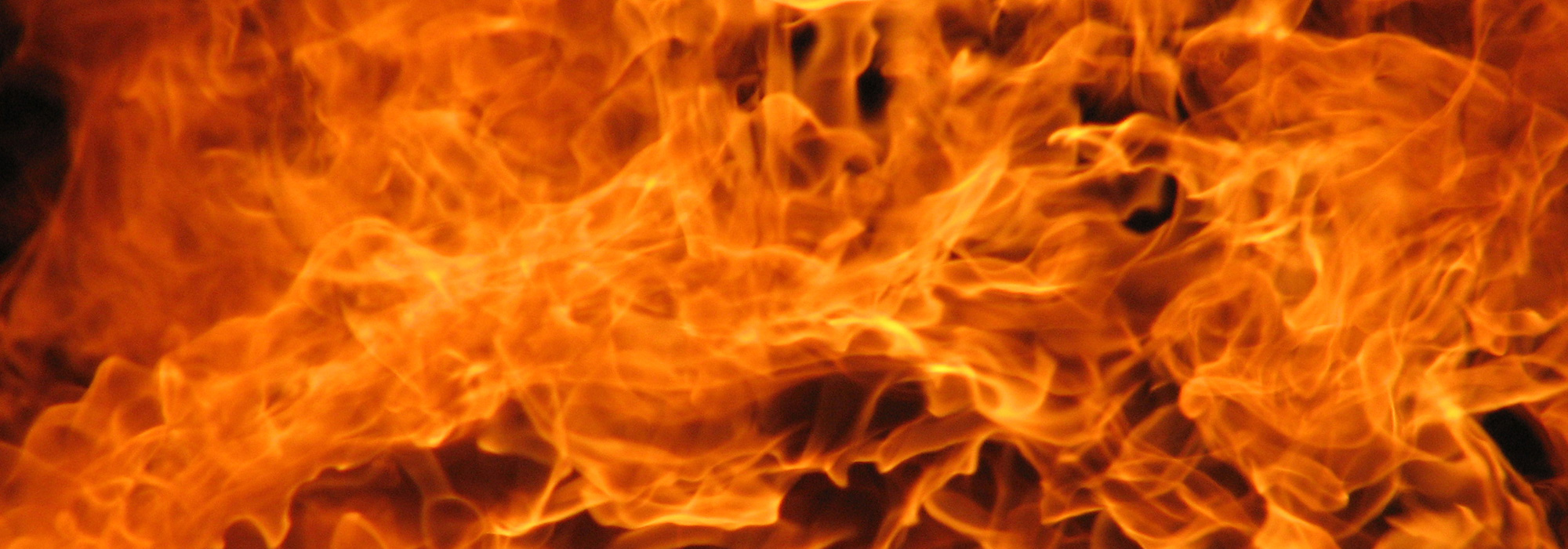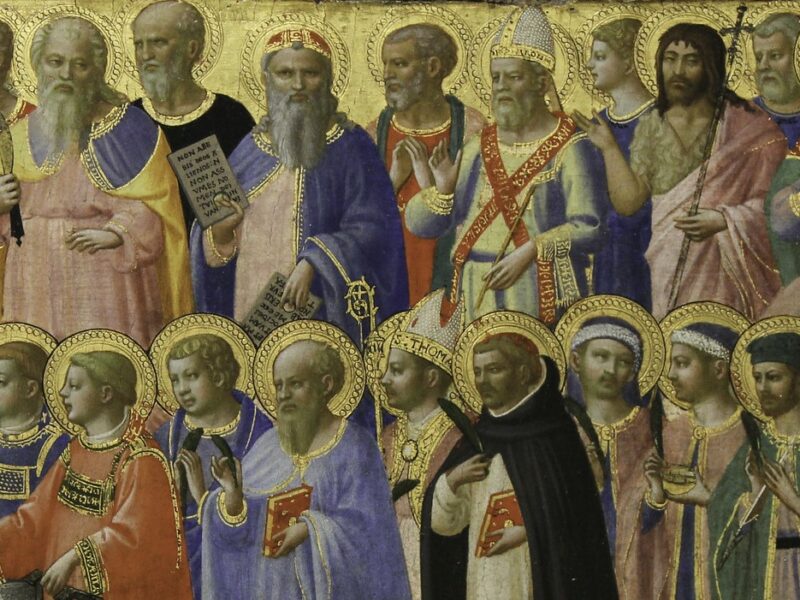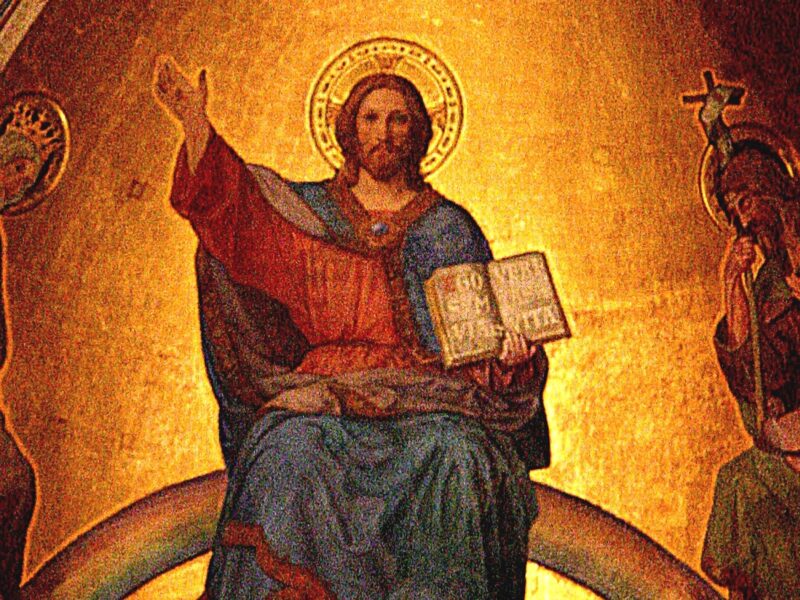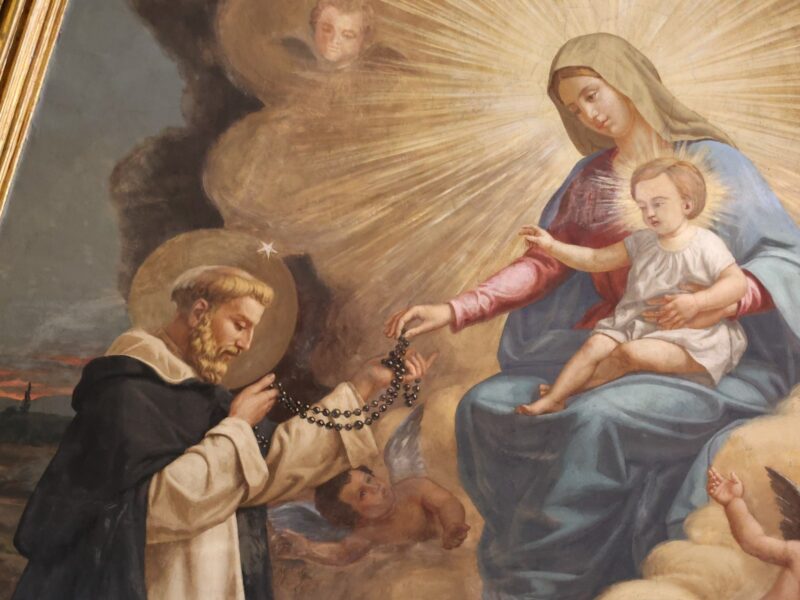
Real Presence, Mystical Body
The Body and Blood of Christ (Corpus Christi). Fr Denis Geraghty reflects on changes in Eucharistic piety in recent decades.
Since the Second Vatican Council, the reformed liturgy has led to a remarkable shift in Eucharistic piety. Before the liturgical changes, Eucharistic piety fastened mainly onto ‘the real presence of Jesus in the Eucharist’. Piety consisted largely in visits to the blessed sacrament, benediction, processions, and the ‘holy hour’, where (to quote from a prayer) Jesus is ‘awaiting, calling and welcoming those who come to visit thee’.
Since the Council, other elements have come to the fore. Most especially, there has evolved a deeper sense of Eucharistic piety that relates the Eucharist to the Mass, and a deeper understanding of the Mass in relation to the Church as the mystical Body of Christ, with the Eucharist as the source of its unity.
The Eucharist, we now understand, creates the Church; the Church does not create the Eucharist. So the real presence is the sacrament of the unity of the Church and of the presence of the risen and glorified Jesus in our midst, in our world.
The feast of Corpus Christi reminds us that the Eucharist cannot be separated from the Mass, so that Eucharistic piety outside Mass — that is, visits, processions and the holy hour — become preparations for receiving the body of Christ as a sign of our unity with one another and of the unity of the Church.
This does not undermine the real presence, of course, but enlarges and deepens our understanding of it. When we reflect on the feast of the Body of Christ we reflect on his sacramental bodily presence. But we should reflect as well on the Church as the Body of Christ in which we are enlivened with the one Spirit. When we come to Mass we do not come as a group of individuals, as we might be if we attend a meeting. We come together as a body in worship to listen to the word of God and to receive spiritual nourishment.
This means that what is happening at Mass is that the body of Christ on the altar gives new life and strengthens the body of Christ — us — gathered as the Church. At the altar, Christ is not only on the altar. He is there with the priest acting not only in the person of Christ but in the person of the Church leading the people.
But there is a further dimension to this feast: the risen and glorified Christ sacramentally present in the Eucharist then points to the future. St Thomas Aquinas reminds us of this future dimension in which the relationship of the Mass to the Passion of Christ is remembered. ‘O sacred Banquet, in which the Passion is remembered, the mind is filled with grace and the pledge of future glory is given to us’.
We are experiencing a future in which the whole of creation is to be transformed. The feast of Corpus Christi is, of course, related to the institution of the Eucharist on Maundy Thursday, but, celebrated as it is after Easter, it is related also to the Paschal mystery as a dying and rising with Christ.
The feast has been transferred from a mid-week Thursday to a Sunday. There are many who regret this liturgical change. But, if — as the bishops suggest — the feast was not being properly observed, then there is perhaps something to be said for transferring it to a Sunday when there is a larger assembly of the people of God present at the liturgy.


